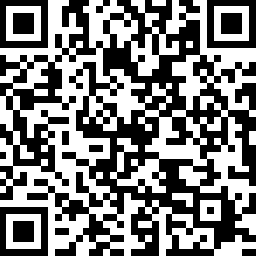
下载亿题库APP
联系电话:400-660-1360

下载亿题库APP
联系电话:400-660-1360

请谨慎保管和记忆你的密码,以免泄露和丢失

请谨慎保管和记忆你的密码,以免泄露和丢失

小伙伴们,雅思考试大家复习的怎么样了呢?下面是帮考网分享的一些雅思考试阅读部分的复习资料,一起来看看吧!
文章:Economic Evolution
A Living along the Orinoco River that borders Brazil and Venezuela are the Yanomam people, hunter-gatherers whose average annual income has been estimated at the equivalent of $90 per person per year. Living along the Hudson River that borders New York State and New Jersey are the Manhattan people, consumer traders whose average annual income has been estimated at $36,000 per person per year. That dramatic difference of 400 times, however, pales in comparison to the differences in Stock Keeping Units (SKUs, a measure of the number of types of retail products available), which has been estimated at 300 for the Yanomam and 10 billion for the Manhattans, a difference of 33 million times.
B How did this happen? According to economist Eric D. Beinhocker, who published these calculations in his revelatory work The Origin of Wealth (Harvard Business School Press, 2006), the explanation is to be found in complexity theory. Evolution and economics are not just analogous to each other, but they are actually two forms of a larger phenomenon called complex adaptive systems, in which individual elements, parts or agents interact, then process information and adapt their behavior to changing conditions. Immune systems, ecosystems, language, the law and the Internet are all examples of complex adaptive systems.
C In biological evolution, nature selects from the variation produced by random genetic mutations and the mixing of parental genes. Out of that process of cumulative selection emerges complexity and diversity. In economic evolution, our material economy proceeds through the production and selection of numerous permutations of countless products. Those 10 billion products in the Manhattan village represent only those variations that made it to market, after which there is a cumulative selection by consumers in the marketplace for those deemed most useful:VHS over Betamax, DVDs over VHS, CDs over vinyl records, flip phones over brick phones, computers over typewriters, Google over Altavista, SUVs over station wagons, paper books over e-books (still), and Internet news over network news (soon).Those that are purchased “survive” and "reproduce" into the future through repetitive use and remanufacturing.
D As with living organisms and ecosystems, the economy looks designed—so just as humans naturally deduce the existence of a top-down intelligent designer, humans also (understandably) infer that a top-down government designer is needed in nearly every aspect of the economy. But just as living organisms are shaped from the bottom up by natural selection, the economy is molded from the bottom up by the invisible hand. The correspondence between evolution and economics is not perfect, because some top-down institutional rules and laws are needed to provide a structure within which free and fair trade can occur. But too much top-down interference into the marketplace makes trade neither free nor fair. When such attempts have been made in the past they have failed—because markets are far too complex, interactive and autocatalytic to be designed from the top down. In his 1922 book, Socialism, Ludwig Von Mises spelled out the reasons why, most notably the problem of “economic calculation” in a planned socialist economy. In capitalism, prices are in constant and rapid flux and are determined from below by individuals freely exchanging in the marketplace. Money is a means of exchange, and prices are the information people use to guide their choices. Von Mises demonstrated that socialist economies depend on capitalist economies to determine what prices should be assigned to goods and services. And they do so cumbersomely and inefficiently. Relatively free markets are, ultimately, the only way to find out what buyers are willing to pay and what sellers are willing to accept.
E Economics helps to explain how Yanomam-like hunter-gatherers evolved into Manhattan-like consumer-traders. In the Nineteenth century French economist Frederic Bastiat well captured the principle: “Where goods do not cross frontiers, armies will." In addition to being fierce warriors, the Yanomam are also sophisticated traders, and the more they trade the less they fight. The reason is that trade is a powerful social adhesive that creates political alliances. One village cannot go to another village and announce that they are worried about being conquered by a third, more powerful village—that would reveal weakness. Instead they mask the real motives for alliance through trade and reciprocal feasting. And, as a result, not only gain military protection but also initiate a system of trade that—in the long run—leads to an increase in both wealth and SKUs.
F Free and fair trade occurs in societies where most individuals interact in ways that provide mutual benefit. The necessary rules weren\\'t generated by wise men in a sacred temple, or lawmakers in congress, but rather evolved over generations and were widely accepted and practiced before the law was ever written. Laws that fail this test are ignored. If enforcement becomes too onerous, there is rebellion. Yet the concept that human interaction must, and can be controlled by a higher force is universal. Interestingly, there is no widespread agreement on who the "higher force" is. Religious people ascribe good behavior to god\\'s law. They cannot conceive of an orderly society of atheists. Secular people credit the government. They consider anarchy to be synonymous with barbarity. Everyone seems to agree on the concept that orderly society requires an omnipotent force. Yet, everywhere there is evidence that this is not so. An important distinction between spontaneous social order and social anarchy is that the former is developed by work and investment, under the rule of law and with a set of evolved morals while the latter is chaos. The classical liberal tradition of von Mises and Hayek never makes the claim that the complete absence of top-down rules leads to the optimal social order. It simply says we should be skeptical about our ability to manage them in the name of social justice, equality, or progress.
好了,以上就是今天分享的全部内容了,各位小伙伴根据自己的情况进行查阅,希望本文对各位有所帮助,预祝各位取得满意的成绩,如需了解更多相关内容,请关注帮考网!
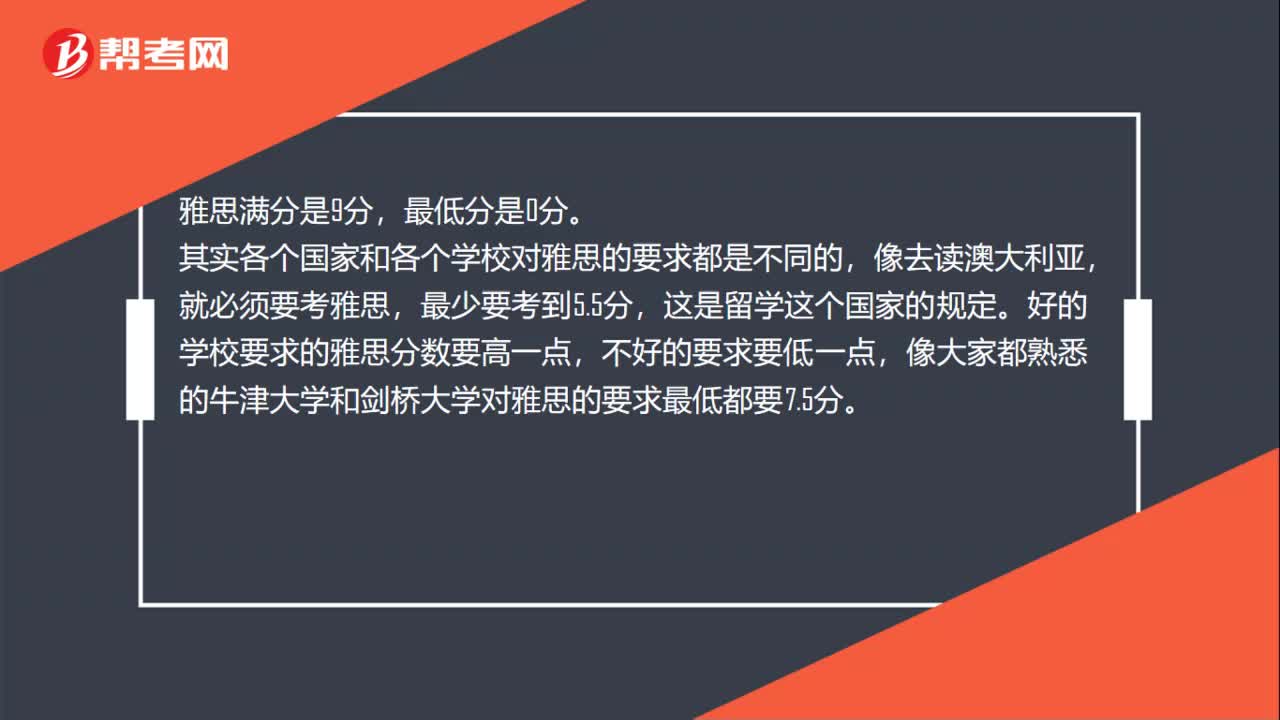 36
36雅思考试总分是多少?:雅思考试总分是多少?雅思满分是9分,最低分是0分。其实各个国家和各个学校对雅思的要求都是不同的,像去读澳大利亚,就必须要考雅思,最少要考到5.5分,这是留学这个国家的规定。好的学校要求的雅思分数要高一点,不好的要求要低一点,像大家都熟悉的牛津大学和剑桥大学对雅思的要求最低都要7.5分。
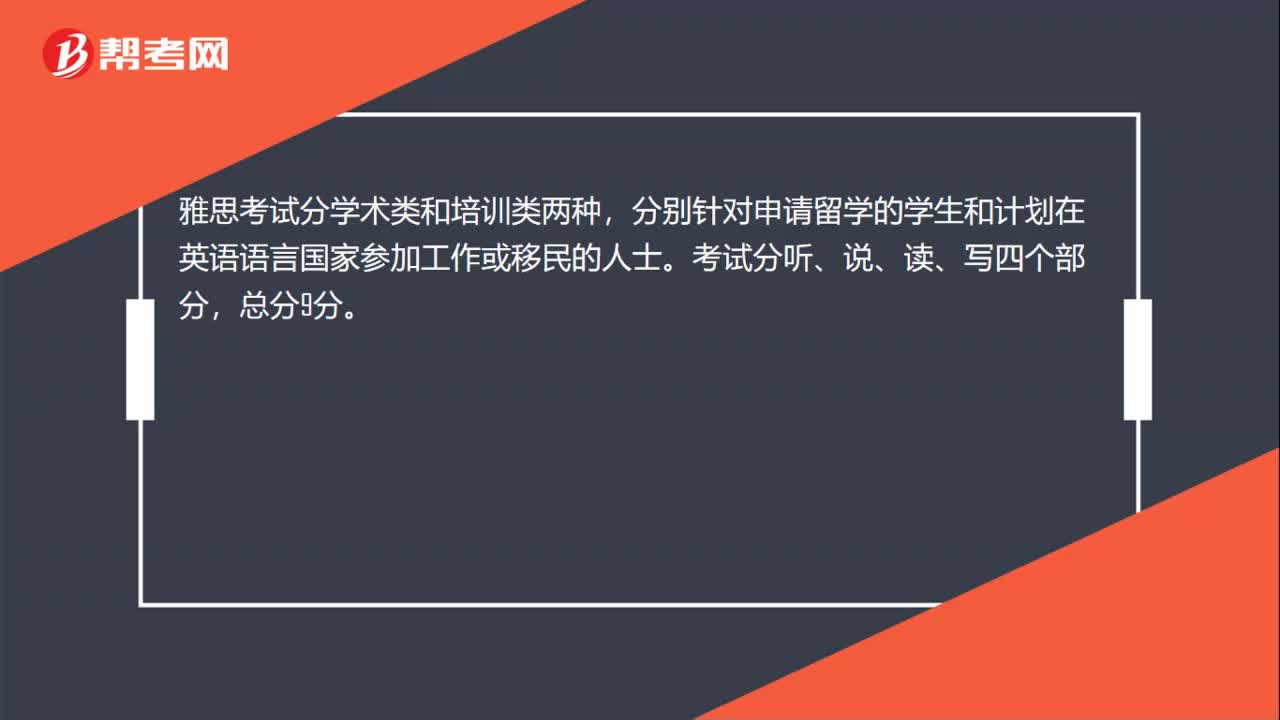 21
21雅思考试有几种类型?:雅思考试有几种类型?雅思考试分学术类和培训类两种,分别针对申请留学的学生和计划在英语语言国家参加工作或移民的人士。考试分听、说、读、写四个部分,总分9分。
 26
26雅思考试内容有哪些?:雅思考试内容有哪些?雅思考试分为听力、阅读、口语、写作四个部分,一般需要两天时间。第一天的上午,全体考生都要参加相继进行的听力、阅读、写作三项考试;第一天的下午和第二天上午陆续举行口语考试。
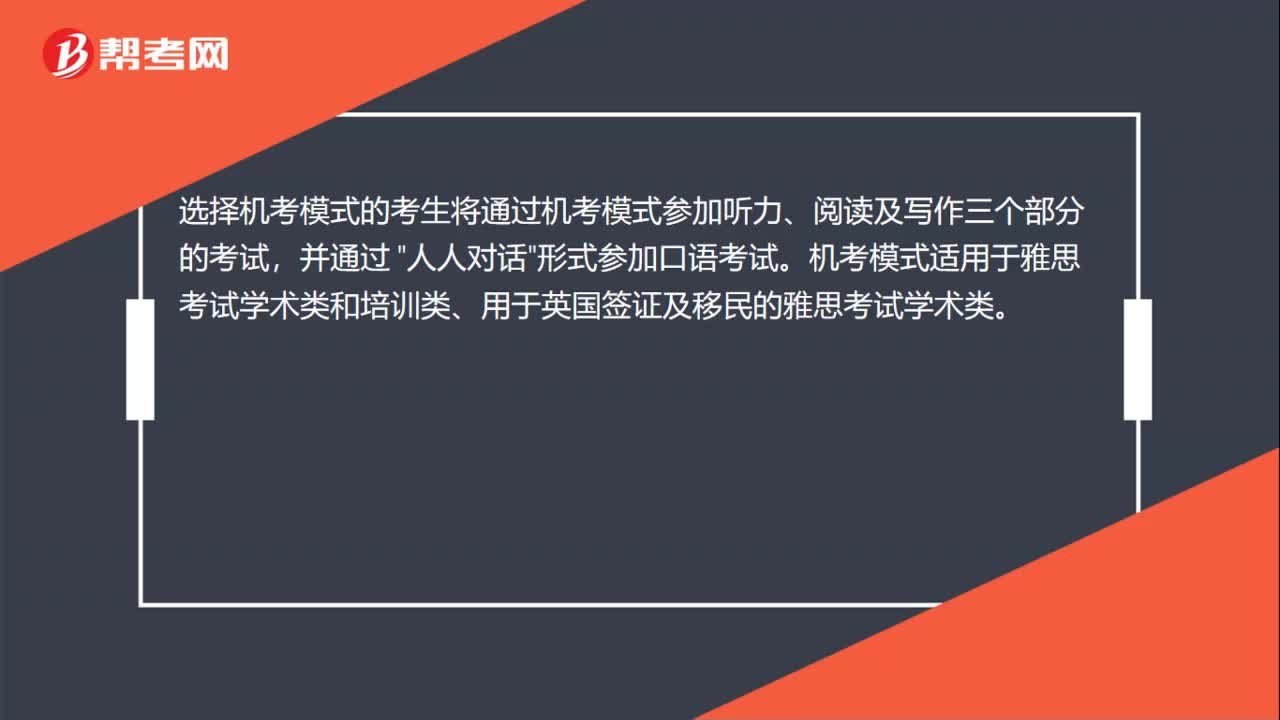 01:24
01:242020-06-01
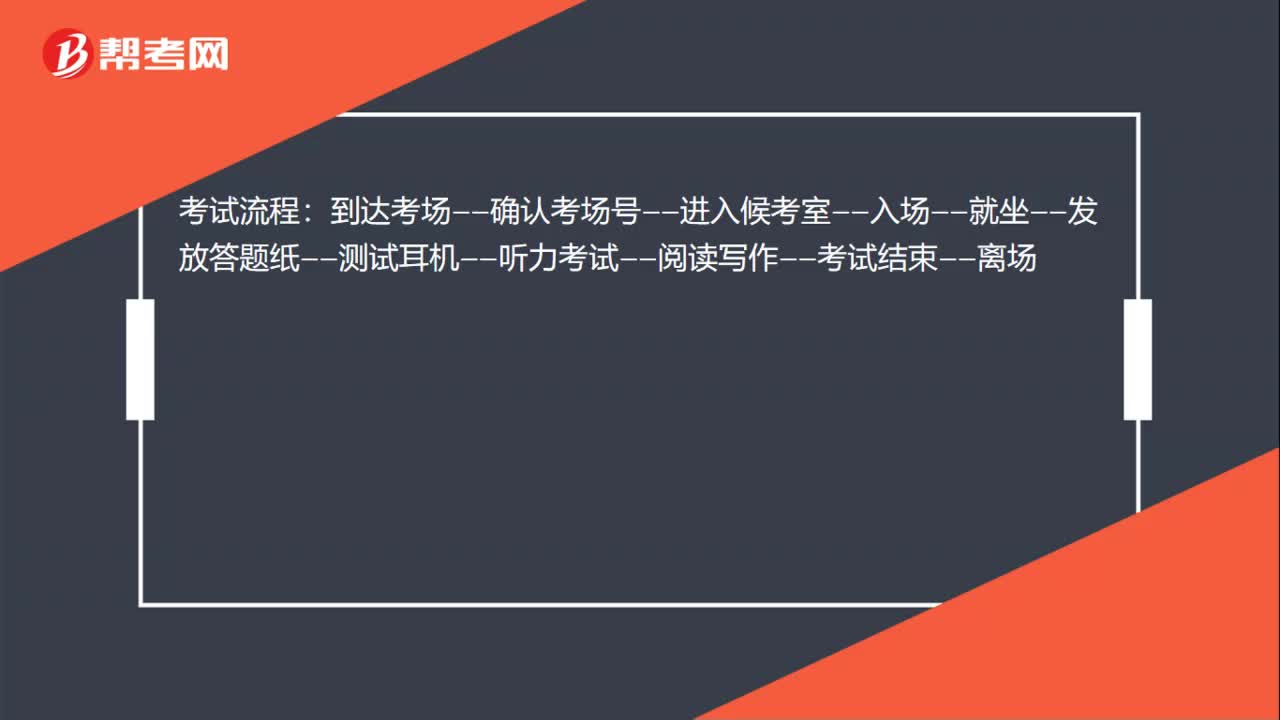 01:16
01:162020-06-01
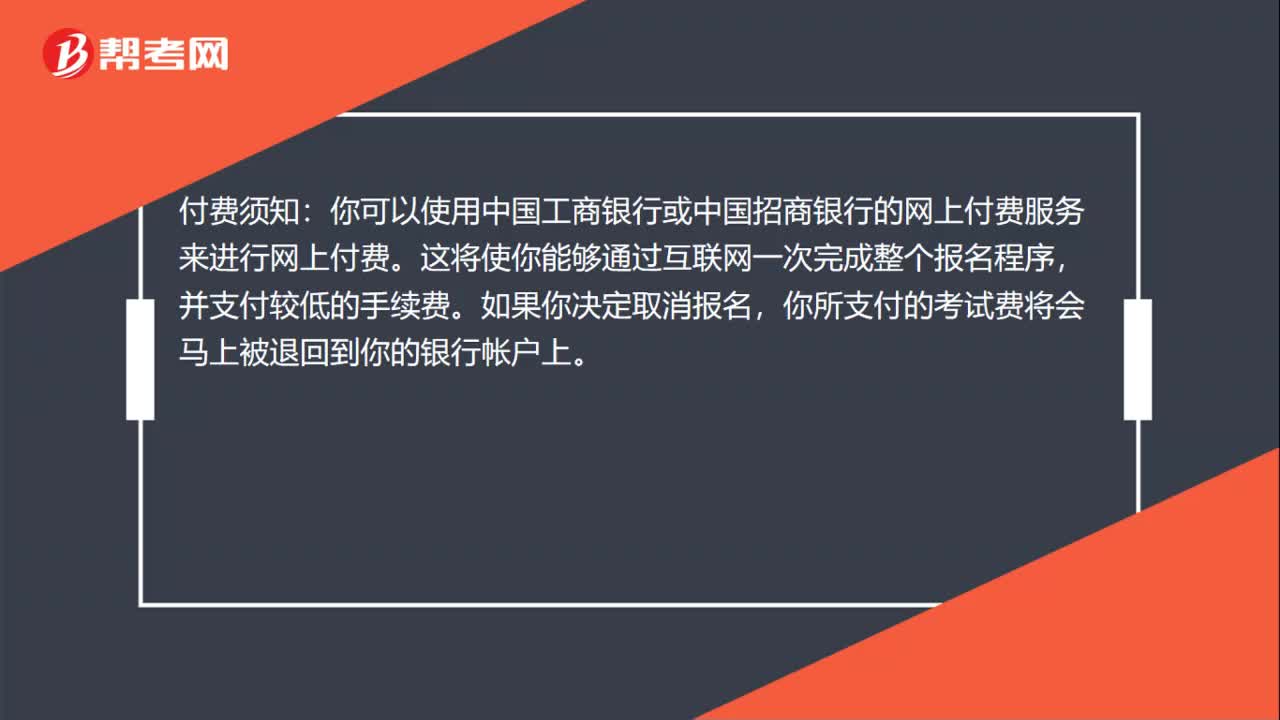 02:06
02:062020-06-01
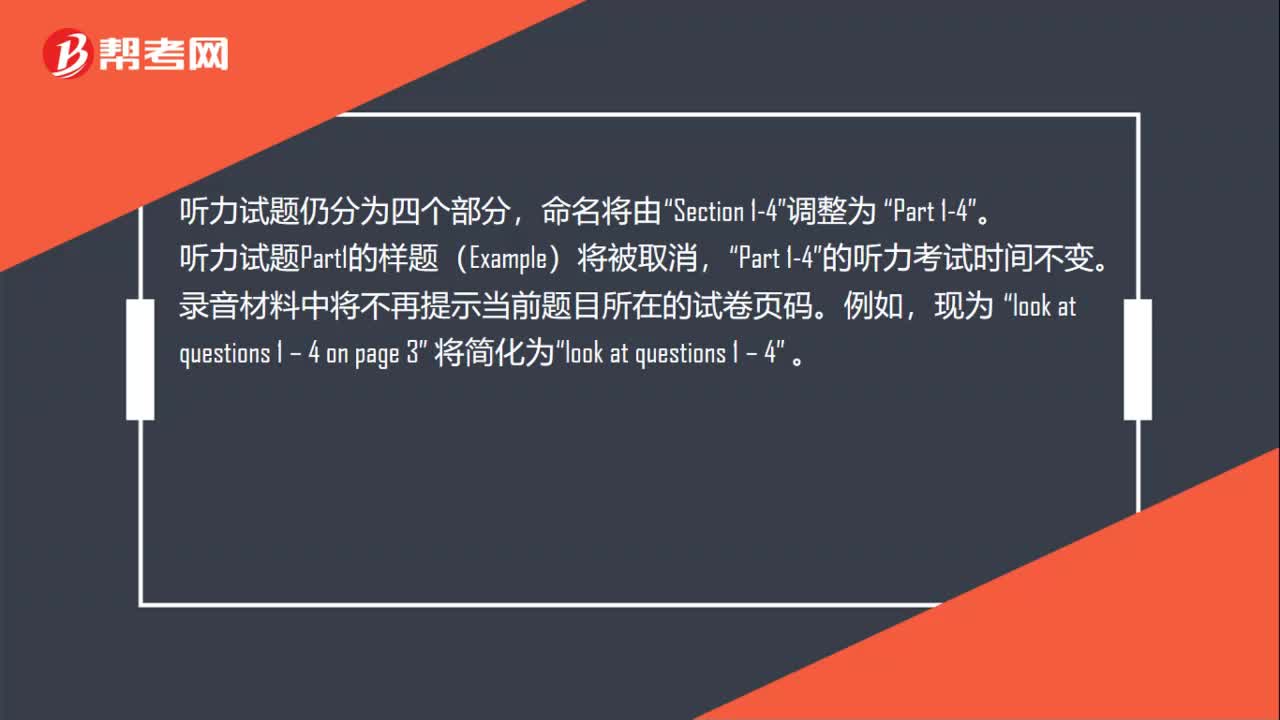 01:06
01:062020-06-01

微信扫码关注公众号
获取更多考试热门资料